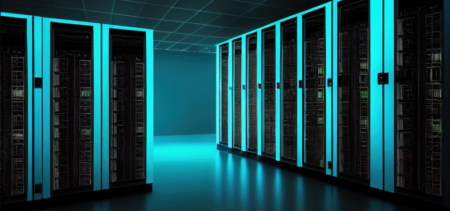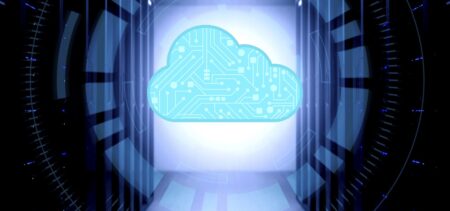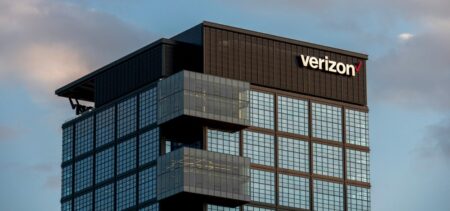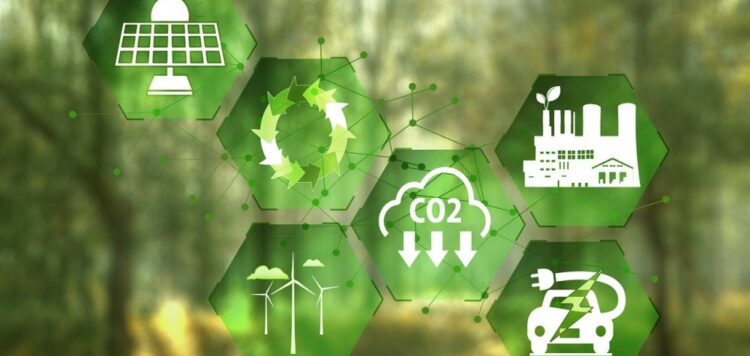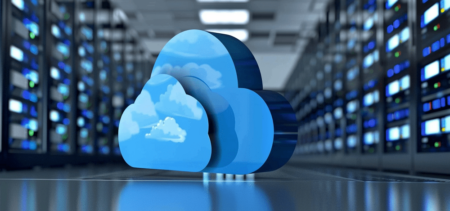Cloud computing has emerged as a compelling choice of IT infrastructure for companies, offering attractive cost and productivity efficiencies. However, the backbone of a cloud infrastructure is the data center, which poses a growing environmental dilemma due to its dependence on energy-intensive hardware like servers, cooling systems, and storage solutions.
Data centers worldwide are driving carbon emissions through the roof. In fact, they account for around 1% of electricity consumption globally, according to IEA. Environmental concerns continue to grow, and more consumers are opting to engage with businesses that are committed to sustainable practices.
Green cloud computing promises to alleviate these concerns and reduce your company’s Corporate Carbon Footprint (CCF). But what is green cloud computing? And how can your business adopt sustainable practices for your data center? This article dives into the fundamentals of building an eco-friendly IT environment at your organization.
Simply put, green cloud computing means running your overall IT infrastructure in an eco-friendly way. This means you can still reap the benefits of the cloud while employing IT practices and principles that minimize your environmental impact.
Here are some examples of how you can implement green practices in your existing IT environment:
Renewable Energy
Russia’s invasion of Ukraine has exacerbated the global energy crisis. In addition, with the introduction of the Inflation Reduction Act (IRA), the movement toward renewable energy has taken on new life.
Forms of renewable energy like solar, wind, hydroelectric, and geothermal power eliminate reliance on harmful fossil fuels, cutting electricity consumption. Choose the most suitable renewable energy source for your company, and use it to power your data center.
Server Consolidation
Server sprawl is a common problem in many businesses. It results in the underutilization of resources, wasted power, and unnecessarily high storage space caused by unused virtual machines (VMs)—which also increases management complexity. That’s why server consolidation is key to an efficient IT environment.
You can combine multiple low-usage VMs onto fewer physical servers, optimizing the use of your resources and reducing energy consumption and hardware costs. It’s important to note, however, that server consolidation must be planned out with careful consideration. VMs should be selected based on their usage patterns and resource requirements.
Power Usage Effectiveness (PUE) Monitoring
To improve the energy efficiency of your data center, your company can monitor its power usage effectiveness (PUE). The Uptime Institute Global Data Center Survey 2021 named PUE a top sustainability metric, second only to IT/data center power consumption.
Calculating your PUE is simple. To do it, measure your total facility power, displayed on your utility meter, and divide that by your IT equipment energy load, which you’ll find at power distribution units. For the mathematically inclined, here’s the formula:
PUE = Total facility power/IT equipment energy
Once you’ve completed the calculation, examine whether your result is above or below 1.58. If your PUE is higher than that, aim to get it below 1.5.
To benchmark your energy efficiency against that of the industry giants, see the PUE results of a carbon footprint calculation by Xomnia:
- Google Cloud Platform: 1.11
- Microsoft Azure: 1.125
- Amazon Web Services (AWS): 1.2
Data Center Location Planning
Location planning is a critical aspect when designing and setting up your data center facility. The decisions you make during this period will ultimately determine the resilience, reliability, and sustainability of your data center.
Climate Considerations
Cooling systems are one of the biggest consumers of electricity when operating in a cloud environment. The average cooling system accounts for about 40% of a data center’s total power consumption.
Because servers and other critical equipment in a data center generate a significant amount of heat, cooling systems are vital to prevent overheating and performance degradation.
One way to reduce your reliance on cooling systems is by, where possible, selecting a location that typically has a colder climate. You can achieve huge cost savings on equipment—simply by establishing your data center in a cooler area and letting the weather keep your hardware at an optimal temperature.
Network Latency and Bandwidth
Another factor to consider in your location planning strategy is how much power is consumed when transmitting data to and from your data center.
Latency is the time it takes for data to get to its destination, and bandwidth is the maximum amount of data that can be transferred, quantified in bits per second (bps). The higher your network latency and the lower your bandwidth, the larger your energy bill.
So how can you reduce latency and increase bandwidth? Once again, it comes down to location. In a practical sense, locating your data center close to where it delivers services will lower your network latency. By the same token, your chosen location should ideally have a high-quality network connection to improve your bandwidth.
Optimizing these two attributes of your network will significantly enhance energy efficiency, increase cost savings, and deliver more effective and reliable services to the end-user.
Achieving Carbon Neutrality
To achieve carbon neutrality, your business must balance its total CO2 and greenhouse gas (GHG) emissions by removing an equivalent amount from the atmosphere. This is done through initiatives such as offset programs, reforestation, and carbon capture projects.
The ultimate goal is to get as close to net-zero emissions as possible. But first, your business must evaluate its existing carbon footprint. You can do so by measuring three key emissions scopes:
- Scope 1 refers to direct emissions from sources that are owned or controlled by your organization, such as transportation and fuel consumption
- Scope 2 emissions are indirect GHG emissions from the generation of purchased electricity or heating and cooling systems
- Scope 3 typically represents most of the business’s total GHG emissions, and consists of sources not included in scopes 1 and 2
After measuring your total emissions, it’s time to reduce. From planting trees to funding clean water initiatives, the goal here is basically to make up for the impacts your business operations have on the environment through carbon offsetting.
There are many avenues through which your company can undertake a carbon offset program, and some are free. For example, the eco-conscious hotel booking portal, TripZero, runs a variety of offsetting initiatives based on your company’s carbon footprint when you book business accommodation with them.
Conclusion
Having explored these top strategies to build a sustainable IT environment, it’s now time to take action.
Executing your sustainability initiatives will require some time and investment, but at the end of the road, a brighter future beckons. Not only that, demonstrating a commitment to the environment will compel customers to look favorably upon your business. As we move forward, let’s remember that sustainable data centers aren’t just good for the environment, they’re good for business too.



